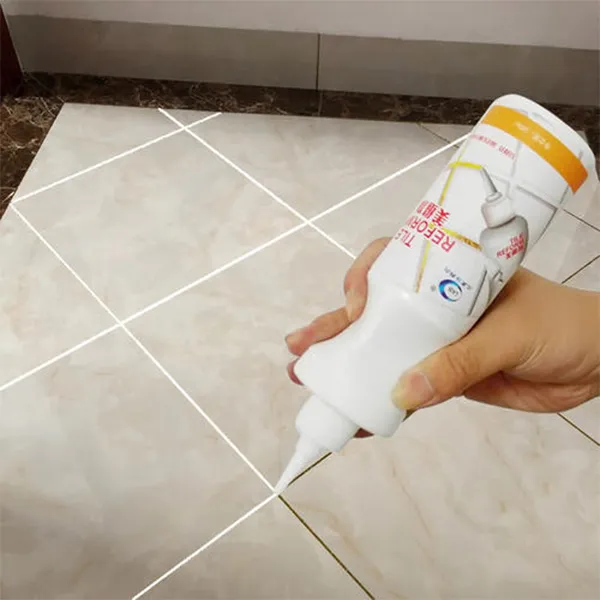Understanding Meilose HPMC A Versatile Functional Polymer
Meilose HPMC, also known as Hydroxypropyl Methylcellulose (HPMC), is a multifunctional polymer derived from cellulose, which is one of the most abundant organic polymers on earth. This innovative material has gained significant attention in various fields due to its unique properties and versatility. In this article, we will explore the characteristics, applications, and benefits of Meilose HPMC, illustrating why it is considered a valuable component in numerous industries.
Characteristics of Meilose HPMC
Meilose HPMC is a white, odorless powder that is soluble in cold water but not in hot water, which is one of its distinguishing features. It forms a viscous gel when dissolved in water, making it ideal for use as a thickening agent. The polymer is non-ionic, which allows it to be compatible with a wide variety of other substances, including electrolytes and surfactants. Additionally, HPMC has excellent film-forming properties, which elevates its functionality in different applications.
The chemical structure of Meilose HPMC is characterized by hydroxypropyl and methoxy groups that enhance its solubility and thermal stability. The level of hydroxypropyl substitution varies, allowing manufacturers to create different grades of HPMC tailored to specific needs. This adaptability makes Meilose HPMC particularly useful across several industries, including pharmaceuticals, food, cosmetics, and construction.
Applications in Various Industries
1. Pharmaceuticals In the pharmaceutical industry, Meilose HPMC is widely employed as a binder, thickener, and controlled-release agent in solid and liquid formulations. Its ability to form gels makes it essential in the development of sustained-release matrix tablets, where it helps control the release rate of active ingredients. Additionally, it is used as a coating agent for tablets and capsules, enhancing their appearance and providing protection against environmental factors.
meilose hpmc

2. Food Industry In food applications, Meilose HPMC serves as a thickening agent, emulsifier, and stabilizer. It is commonly found in various products such as sauces, dressings, and ice creams, where it contributes to texture and consistency. Its use in gluten-free formulations is particularly noteworthy, as it can mimic the properties of gluten, improving the texture of baked goods.
3. Cosmetics The versatility of Meilose HPMC extends to the cosmetics industry, where it is utilized in lotions, creams, and gels. Its film-forming capabilities provide lasting moisture and a smooth feel on the skin. HPMC is also used in hair care products, where it helps to improve the viscosity and stability of formulations.
4. Construction In construction, Meilose HPMC is added to cement and gypsum-based materials to improve their workability and adhesion. It aids in the control of setting times and enhances the durability and performance of the finished product.
Benefits of Meilose HPMC
The use of Meilose HPMC offers numerous advantages. Its non-toxic and biodegradable nature makes it a safer alternative in various applications, particularly in pharmaceuticals and food products. Additionally, its adaptability and ease of use make it an efficient choice for manufacturers. With escalating demand for natural and sustainable ingredients, Meilose HPMC fits this trend perfectly, providing functionality without compromising environmental standards.
In conclusion, Meilose HPMC stands out as a versatile functional polymer with applications spanning multiple industries. Its unique properties, including solubility, film-forming ability, and non-toxic nature, make it a preferred choice for many formulations. As industries continue to evolve and seek innovative solutions, the importance of Meilose HPMC is expected to grow, further solidifying its role in modern science and technology.
-
Rdp Powder: Key Considerations for Wholesalers in the Building Materials IndustryNewsJul.08,2025
-
Key Considerations for Wholesalers: Navigating the World of Hpmc - Based ProductsNewsJul.08,2025
-
Hpmc Detergent: Key Considerations for WholesalersNewsJul.08,2025
-
Key Considerations for Wholesalers: China Hpmc For Tile Adhesive, Coating Additives, Concrete Additives, and MoreNewsJul.08,2025
-
Crucial Considerations for Wholesalers: Navigating the World of Construction MaterialsNewsJul.08,2025
-
Key Considerations for Wholesalers Sourcing Additive For Cement, Additive For Concrete, Additive For Putty from Additive Manufacturer Shijiazhuang Gaocheng District Yongfeng Cellulose Co., Ltd.NewsJul.08,2025




